The Bull, The Bear and The Planets: Trading the Financial Markets Using Astrology
17.20 $
| Author(s) |
M. G. Bucholtz |
|---|---|
| Format |
|
| Pages |
181 |
| Published Date |
2013 |
The Bull, The Bear and The Planets introduces the reader to an extensive range of astrological phenomena. From an introduction to the historical basics behind astrology through to an examination of lunar astrology and planetary aspects, the numerous illustrated examples in this book will show the reader how these unique phenomena impact both the equity and commodity futures markets.
Introduction:
Astrology is an ancient science that describes the influence of the planets on events of nature and behaviour of mankind. This ancient science is rooted in thousands of years of observation across many civilizations.
- The ancient Sumerians, Akkadians and Babylonians between the 4th and 2nd centuries BC believed the affairs of mankind could be gauged by watching the motions of the stars and planets. They recorded their predictions and future indications of prosperity and calamity on clay tablets. These early recordings form the very foundations of modern day astrology.
- Ancient Egyptian artifacts show that high priests Petosiris and Necepso who lived during the reign of Ramses II were revered for their knowledge of astrology. The Egyptian culture is also thought to have developed a 12 month x 30 day recordation method for time based on the repeated appearances of constellations.
- Ancient Indian and Chinese artifacts reveal that astrology has held an esteemed place in those societies for many thousands of years.
- Hipparchus, Pythagoras and Plato are revered names from the Greek era. Historians think Pythagoras may have assigned mathematical values to the relations between celestial bodies and Plato may have offered up predictions relating celestial bodies to human fates. Hipparchus is thought to have compiled a star catalogue and in so doing was the first to popularize astrology.
- During Roman times, astrology and divination were used for political gain with important military figures surrounding themselves with seers and diviners. Ptolemy and Valens stand out from the time of the Roman Empire as writers on astrology. In 126 AD, Ptolemy penned four books on the influence of the stars which collectively are called the Tetrabiblos. In 160 AD, Valens penned Anthologies in which he further summarized the principles of astrology.
But, following the conversion of Emperor Constantine to Christianity, in 312 AD, divination and magic became a crime according to the Church and astrology began a slow retreat to the sidelines where for the most part it remains today. However, despite this sidelining by a Church seeking to protect its authority, astrology has been used in more modern history by leading thinkers such as Galilei Galileo, Tycho Brahe, Nostradamus, Johannes Kepler, Sir Francis Bacon, Isaac Newton and Benjamin Franklin. Indeed we owe much of our current state of scientific advancement to these brave souls who refused to let astrology fade away and become a distant memory.
Contents:
- Chapter One:Astrology Basics for the Market Trader
- Chapter Two:Trading Using Lunar Astrology
- Chapter Three:Planetary Trading
- Chapter Four:Astrology and Commodity Futures
- Epilogue:Final Thoughts
- Appendix A: Lunar Event Dates
- Appendix B: Retrograde Event Dates
- Appendix C: Sun-Planet Aspect Dates
- Appendix D: Mercury Aspect Dates
- Appendix E: Venus and Mars Aspect Dates
- Appendix F: First Trade Dates
The Bull, The Bear and The Planets: Trading the Financial Markets Using Astrology By M. G. Bucholtz pdf
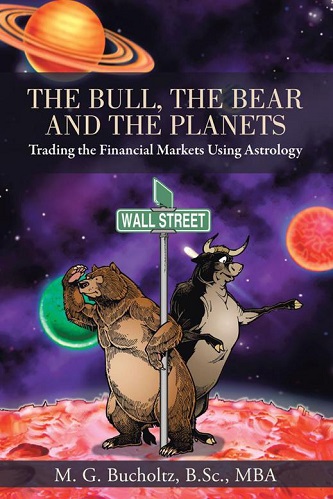
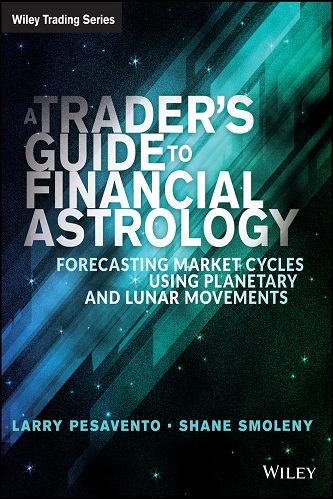
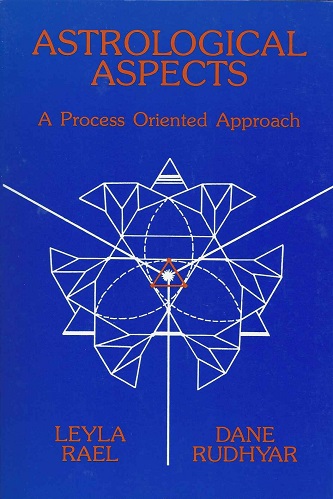
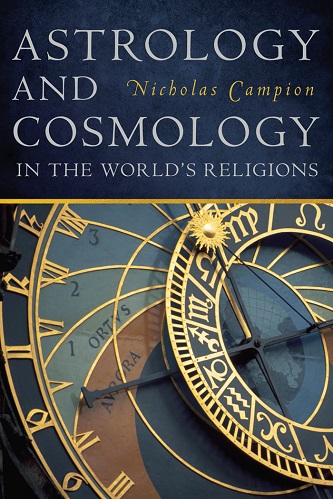
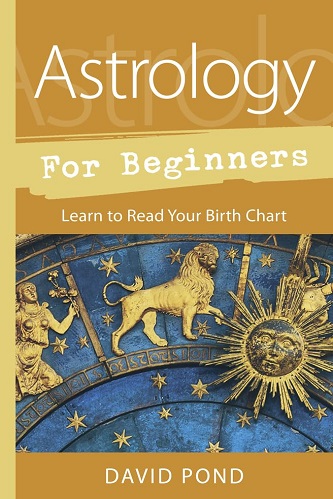
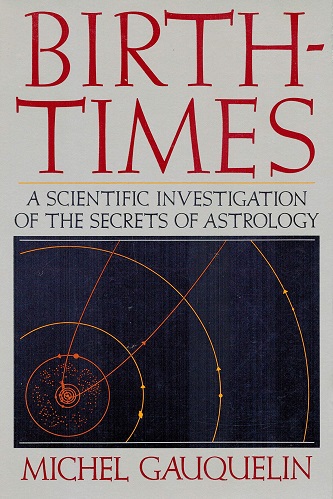
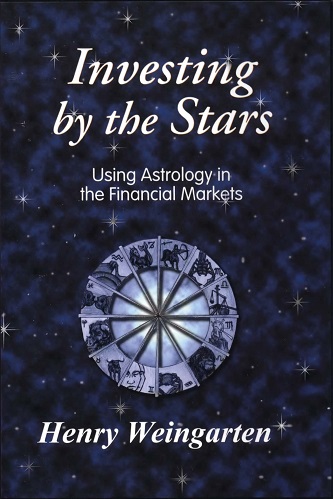
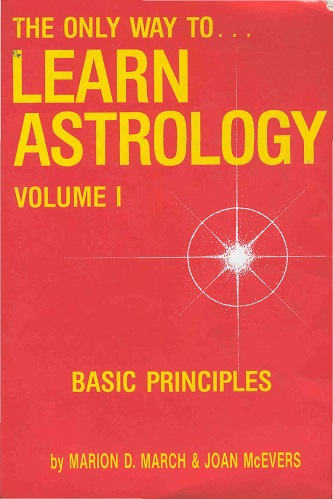
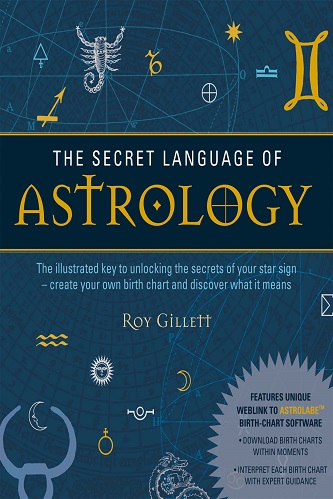
Reviews
Clear filtersThere are no reviews yet.